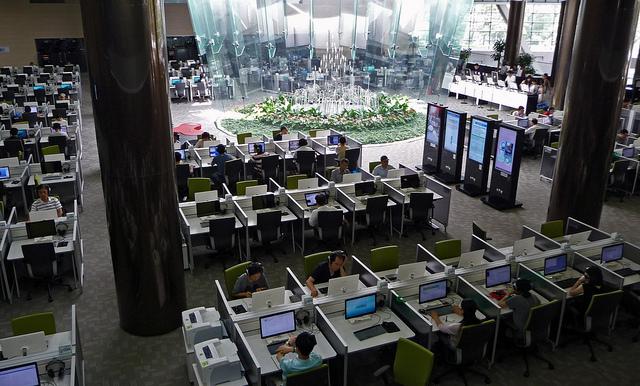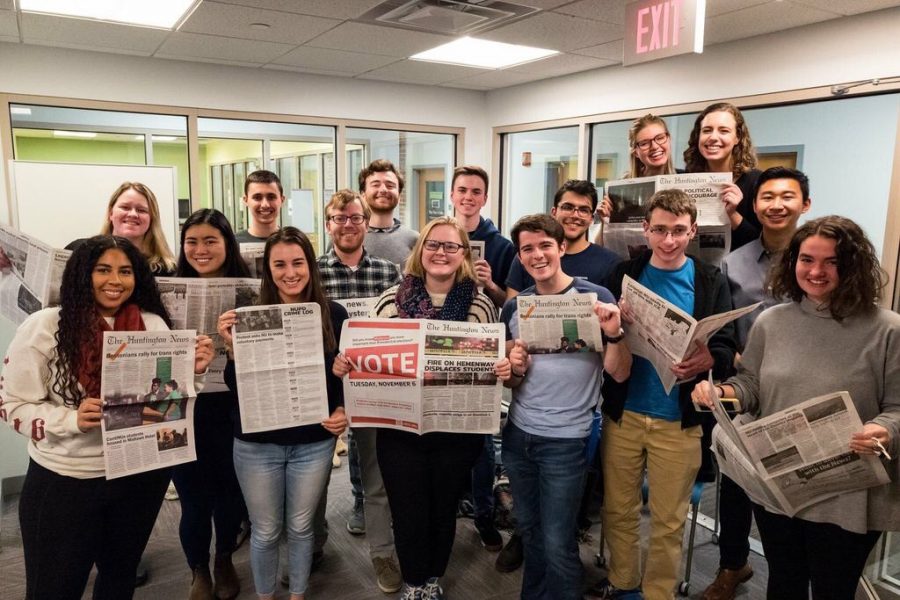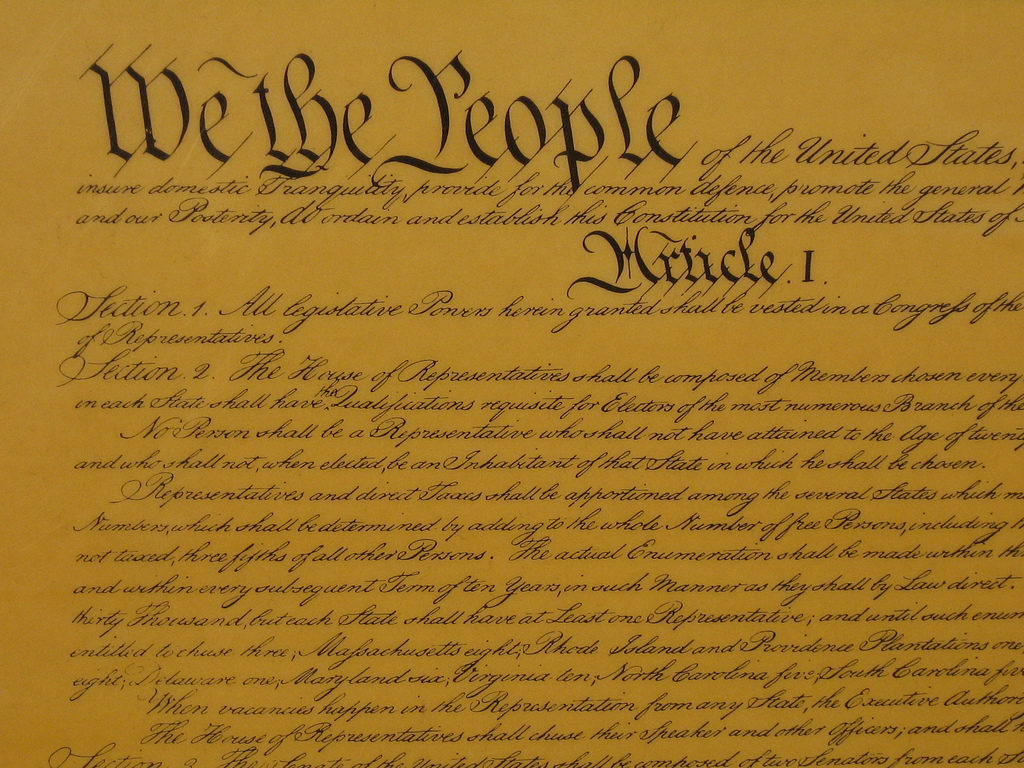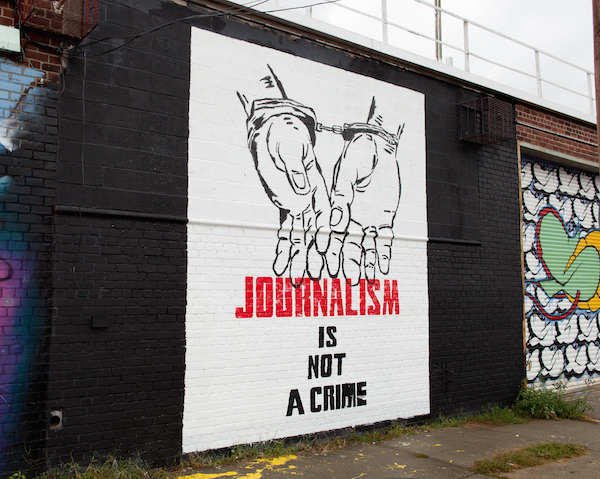The Metropolitan Museum of Art announced Tuesday that it was implementing a new policy called Open Access. Partnering with Creative Commons, the Met has made images of artwork in the public domain available online for unrestricted use. It has also made available data from the entire collection—public domain and otherwise—including information like titles, artists and mediums.
This is a breakthrough moment for historians and archivists. As information is increasingly made digital-first, or even digital-only, access to online archives becomes of greater importance. Not only is it more efficient; it’s also cheaper, especially for items in the public domain, which are owned by the public and are not subject to copyrights or expensive permissions.
Archive digitization is not a recent phenomenon. The Women Writers Project at Northeastern—which aims to encode and publish online works by pre-Victorian women—has been around since 1998. However, we are at a critical moment in history. Because fewer people have access to physical archives, historians have a relatively narrow window in which to digitize text and images dating back 10,000 years. Soon, as new reference material is created primarily or exclusively with online archives, any artifacts that have not been made digital will be forgotten.
In 2011, Brain Pickings published a list of seven important digitization projects. They ranged from Mapping the Republic of Letters, a Stanford University project visualizing the famous intellectual correspondence of the Enlightenment, to Biblion, a free iPad app holding the New York Public Library’s 1939-40 New York World’s Fair collection. These are only a few examples of the field known as digital humanities: The intersection of humanities (history, English, art, etc.) and computer science.
As journalists, we are highly aware of the work that goes into research. We commend the historians and archivists who are actively working to make information accessible, a mission that aligns with our own. Additionally, as students, we note the importance of humanities, especially in an era that increasingly values technical skills over creative capacity. Digital humanities seeks to combine the two.
At Northeastern, digital humanities finds its home in the NULab for Texts, Maps and Networks. In addition to the Women Writers Project, NULab provides a space for Viral Texts, which studies how virality worked far before the advent of the Internet, and the LA County Jail Oral History Project, which documents the Los Angeles County Jail through the stories of former and current inmates. THATCamp New England 2017—The Humanities and Technology Camp to be held in Boston next month—will foster connections among historians working on projects like these.
We commend Northeastern and other institutions actively working on digital humanities efforts. Moving forward, we implore our readers to understand the need for disciplines like English, history, art and political science, as well as the skills they require like critical thinking, making thematic connections and explaining in-depth research. We desperately need the ability to comprehend our past and human nature and to think creatively in order to build a unique future.
Photo courtesy Mosman Library, Creative Commons















